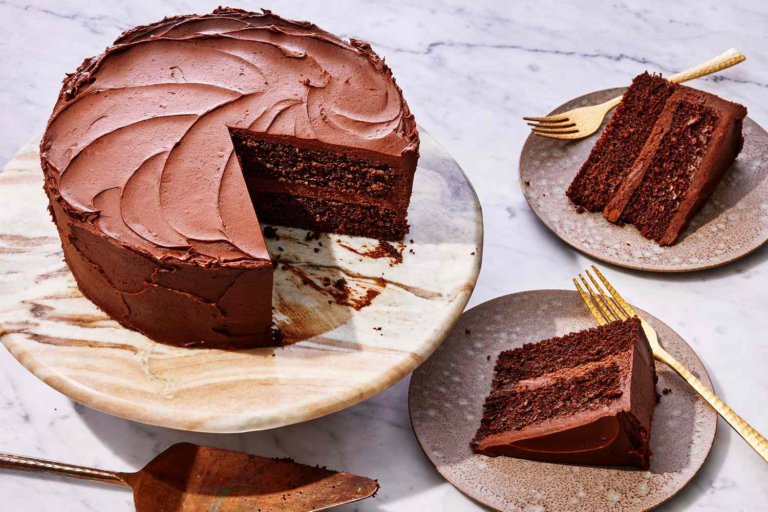The Journey from Bean to Bar: Understanding Chocolate Production

Indulging in a delectable piece of chocolate is a sensory experience that captivates the taste buds, but the journey from bean to bar is a fascinating tale that often goes untold. Understanding the intricate process of chocolate production unveils the craftsmanship, dedication, and artistry involved in creating this beloved treat.
- Harvesting the Cacao Bean: The journey begins in the tropical regions near the equator, where cacao trees (Theobroma cacao) thrive. Farmers carefully harvest cacao pods by hand, ensuring the delicate beans inside are preserved. The pods contain a pulp that encases the precious cacao beans, each one holding the potential for a world of chocolatey delights.
- Fermentation and Drying: Once harvested, the cacao beans are extracted and left to ferment. This critical step develops the complex flavors that will later define the chocolate. After fermentation, the beans are spread out to dry under the sun, a process that can take several days. Proper fermentation and drying are crucial to achieving the desired taste profile.
- Roasting for Depth and Aroma: The dried cacao beans undergo roasting, a transformative process that imparts depth and aroma to the chocolate. The temperature and duration of roasting are carefully monitored, influencing the final flavor notes. This step is where the raw, earthy aroma of the cacao transforms into the familiar and enticing scent of chocolate.
- Grinding and Conching: The roasted beans are then ground into a thick paste known as chocolate liquor. This liquor is a combination of cocoa solids and cocoa butter. The grinding process can take hours, and it contributes to the smoothness of the final product. Conching follows, a refining process that further smoothens and homogenizes the chocolate, ensuring a silky texture.
- Adding Sweeteners and Flavors: Sugar, and sometimes milk powder for milk chocolate, are added to the chocolate liquor during the next stage. This step is where the sweetness level is determined, and additional flavors may be incorporated, such as vanilla or lecithin to improve texture. The precise combination of ingredients contributes to the unique character of each chocolate bar.
- Tempering for Quality: Tempering is the art of carefully manipulating the temperature of the chocolate to ensure a glossy appearance, a satisfying snap, and a smooth texture. This step is crucial for achieving the desired texture and preventing the formation of undesirable crystals.
Conclusion: From the sun-kissed cacao plantations to the meticulous craftsmanship in chocolate factories, the journey from bean to bar is a testament to the art and science behind chocolate production. Understanding this process not only deepens appreciation for the chocolate we enjoy but also sheds light on the sustainable practices and ethical considerations that are increasingly becoming integral to the chocolate industry. So, the next time you savor a piece of chocolate, take a moment to appreciate the journey it undertook to bring joy to your taste buds.



